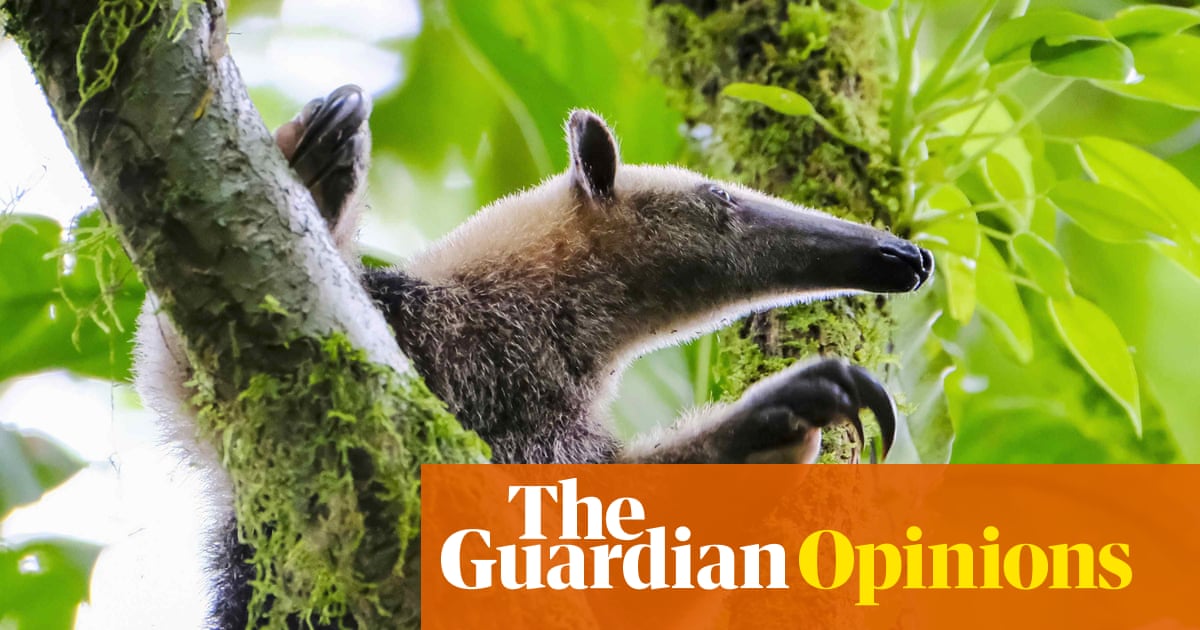
"Giant anteater mothers allow their young to cling to their backs, rucksack-style, for periods of up to a year."
"Mammals have evolved into anteaters not once, not twice, but 12 times since the demise of the dinosaurs some 66 million years ago."
"Things keep evolving into anteaters, somehow."
"The ecological niche provided by the world's extensive population of ants and termites, with a biomass greater than that of all wild mammals."
Giant anteaters are known for their long snouts, sticky tongues, and bushy tails. They’re attentive mothers; young anteaters cling to their backs for up to a year. Fascination with anteaters spans cultures, highlighted by Salvador Dali's memorable walk with one in Paris. Research indicates that mammals have independently evolved traits of anteaters twelve times since the dinosaurs went extinct, a trend attributed to ecological specialization in consuming ants and termites. This niche is significant, as these insects have a collective biomass much greater than that of all wild mammals combined.
Read at www.theguardian.com
Unable to calculate read time
Collection
[
|
...
]